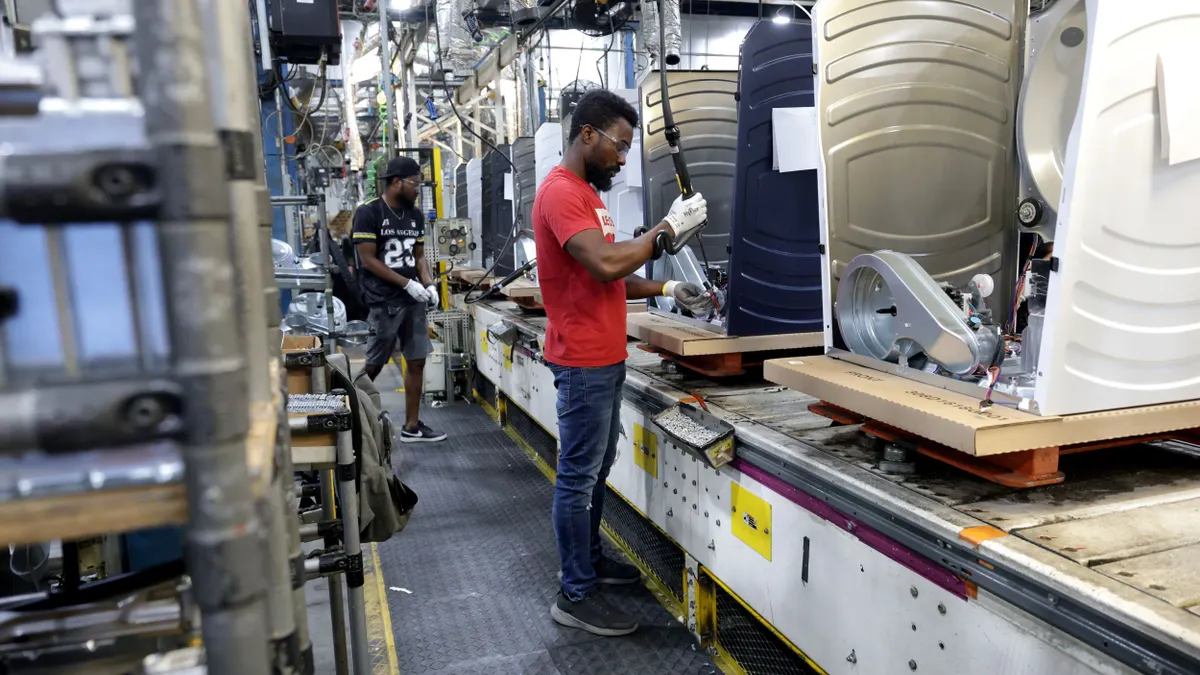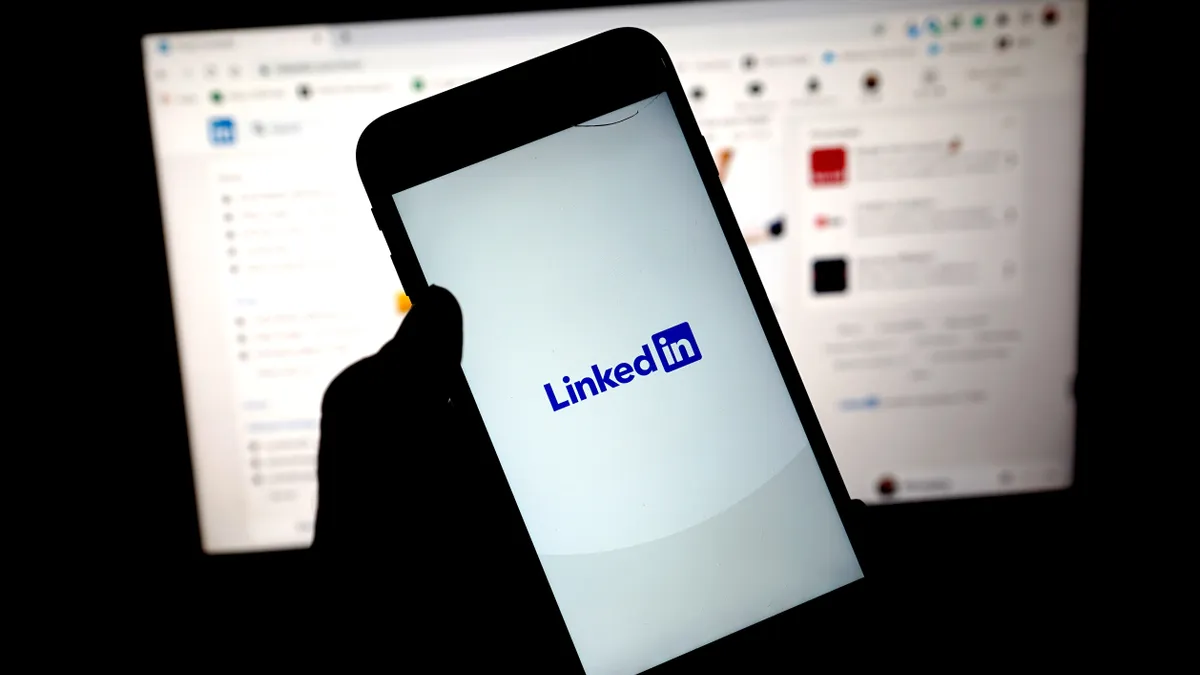Putting new employees into cohorts can be a powerful thing. Connecting workers with people who are learning the job at the same time can help them feel less isolated and alone when trying a new thing, and connected to the company through each other as they progress in their careers.
“We never think about cohorts [...] outside of the school context, but it also applies at work, and it’s very powerful,” said Amit Chauradia, assistant professor at the University of South Florida Muma College of Business, and co-author on a recent study.
Chauradia's research, however, revealed that if one person in the cohort isn’t happy, that feeling can spread, leading them to leave the organization and maybe take the rest of their cohort with them.
Here’s how HR managers can make sure cohorts help employees instead of encouraging them to leave.
Cohorts can help people stay, or push them to leave
In the study, published in the Journal of General Management, researchers analyzed survey data from 656 new employees from 32 cohorts at a global information technology services firm.
The bonding is similar to that in a group of people going into high school or college at the same time. “As a small group, you go through training together for several weeks, and are connected and stay in touch like an incoming class,” said Chauradia.
They found that when some members of the cohort start looking for another job, a newcomer is likely to do the same and then leave the organization. Notably, one thing that might keep someone at a job is a preference for the organization's geographic location.
While the survey looked at new employees in IT services, the idea of cohorts can cross industries and skills. A batch of new hires at a law firm, for example, can be a cohort. The same might be true for a bank or consulting firm. Participants come into a company and try to set their roots around the same time.
Use cohorts for good
The most successful use of cohorts happens when a company front-ends it, according to Shannon Gabriel, vice president of leadership solutions at TBM. Organizations are “bringing groups together and attaching them from day one, or even prior to day one,” Gabriel said. That’s because they find, especially with hourly workers, that someone is likely to leave once onboarding stops.
Cohorts should be considered part of the retention process, she added, because especially for newer and younger workers, being in a group of peers can help them feel more comfortable with asking questions about an organization and learning the landscape.
“It saves a lot of time and stress,” Gabriel said, because instead of worrying about asking someone what they might see as annoying questions, cohorts can go to a group of their peers for an answer or to be pointed in the right direction. This can happen through in-person interactions, internal technology tools or a mix of both.
It’s also important that someone is steering the group and to make sure that person wants the role. Gabriel worked with a company recently who selected two relatively new employees to mentor a cohort, both because they were interested and because they were seen to have potential leadership skills. “You really have to have somebody that’s motivated to do it,” Gabriel said.
Make cohorts work in the long run
While the mood of the cohort is important when its members first come onto the job, so is keeping track of them as they move through the company. “Even if you don’t have unions, you still have to pay attention to groups of people together for a long time,” said Chauradia. And even if participants move to different departments or roles, the connection of “we’ve been through this together” is still a powerful one, he added.
Chauradia also said that companies should remember that the contagion effect is very real. Departures can snowball, his research indicted. And if a cohort leaves collectively, he said, that could put a company in crisis.
“Having a group leave has been known to destroy companies forever, because you lose all that knowledge,” and, potentially, history within the firm, he said. “If you let one individual leave, that’s OK because the others can connect. If the whole group leaves, that’s really bad.”



















